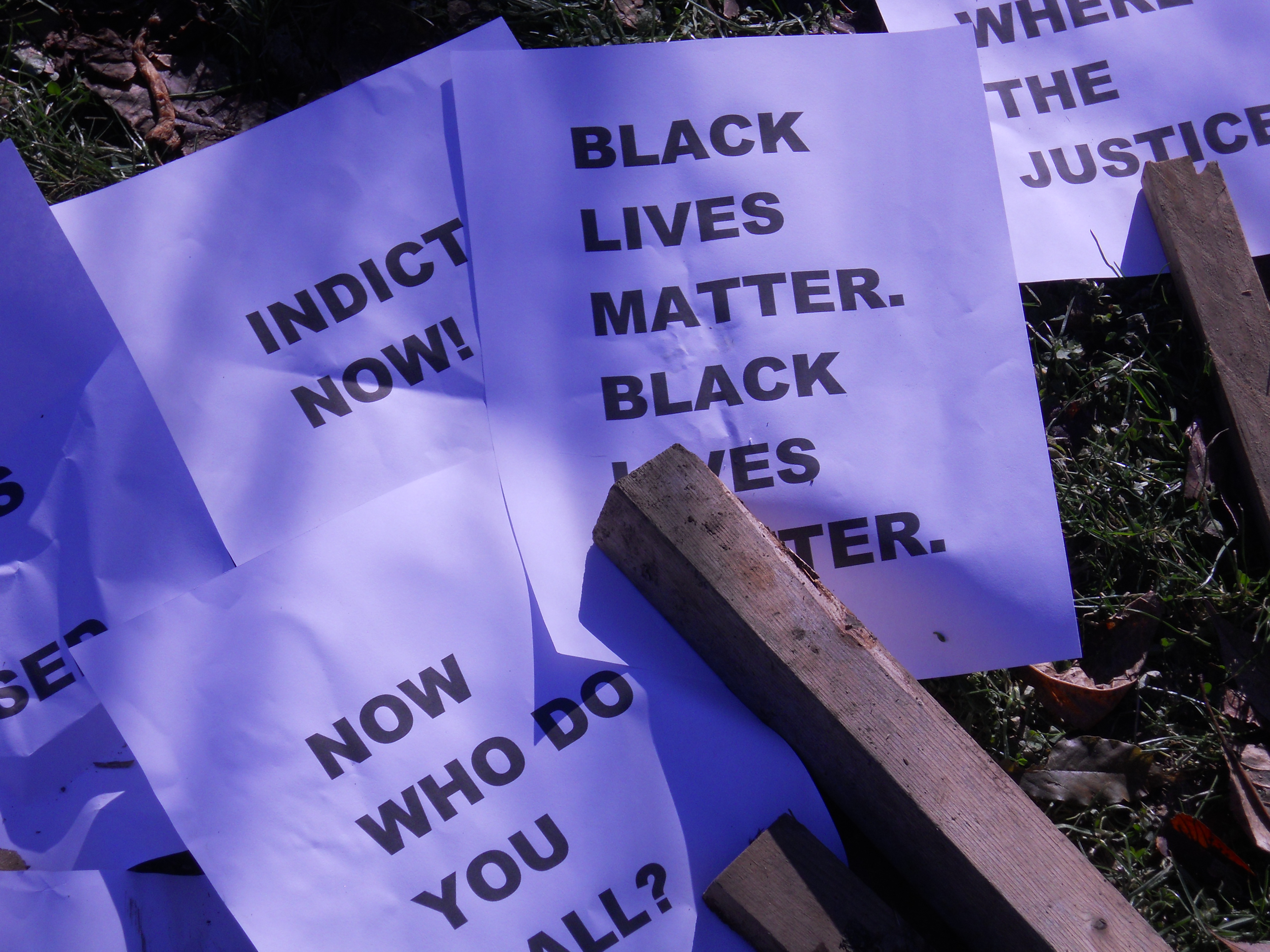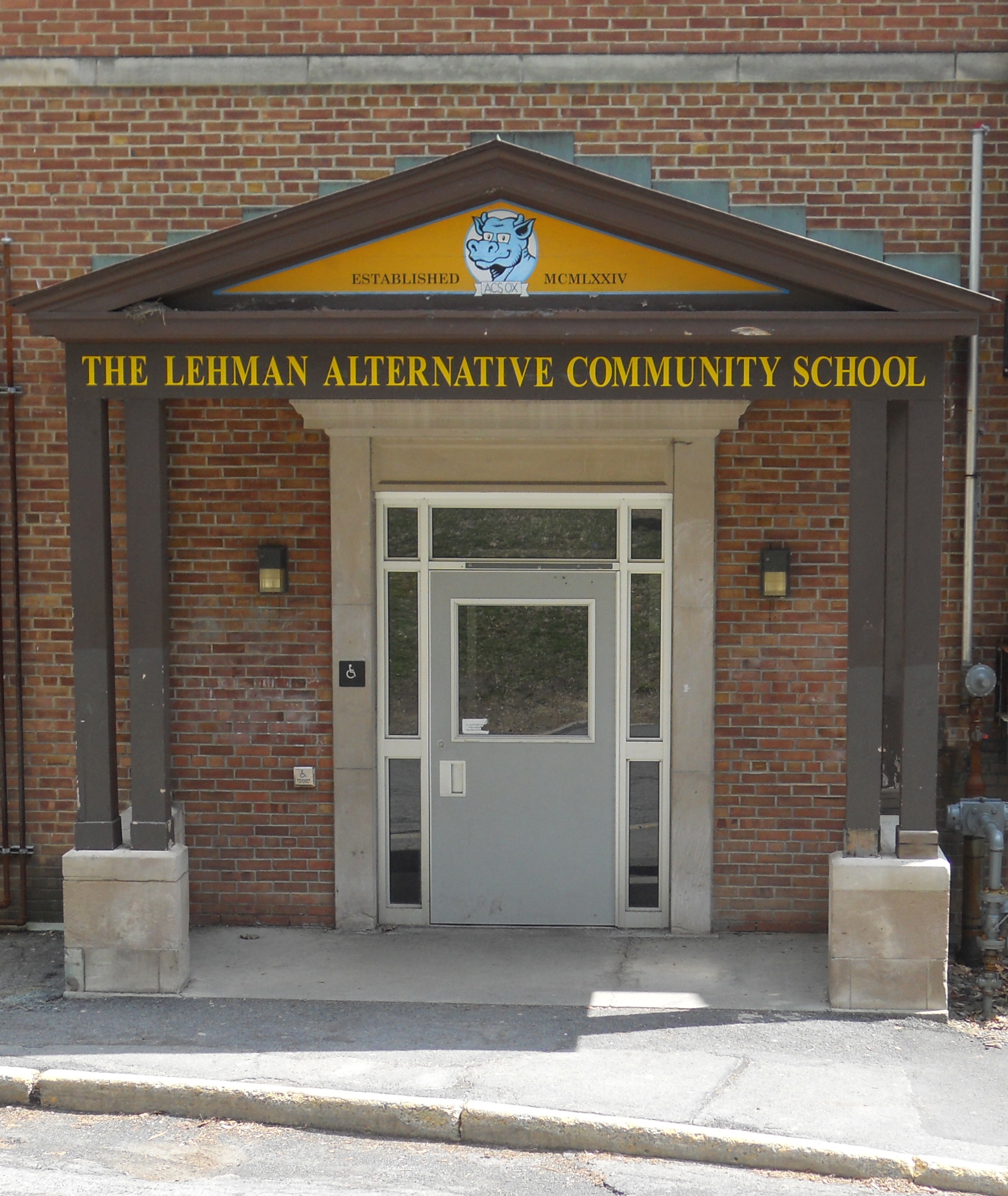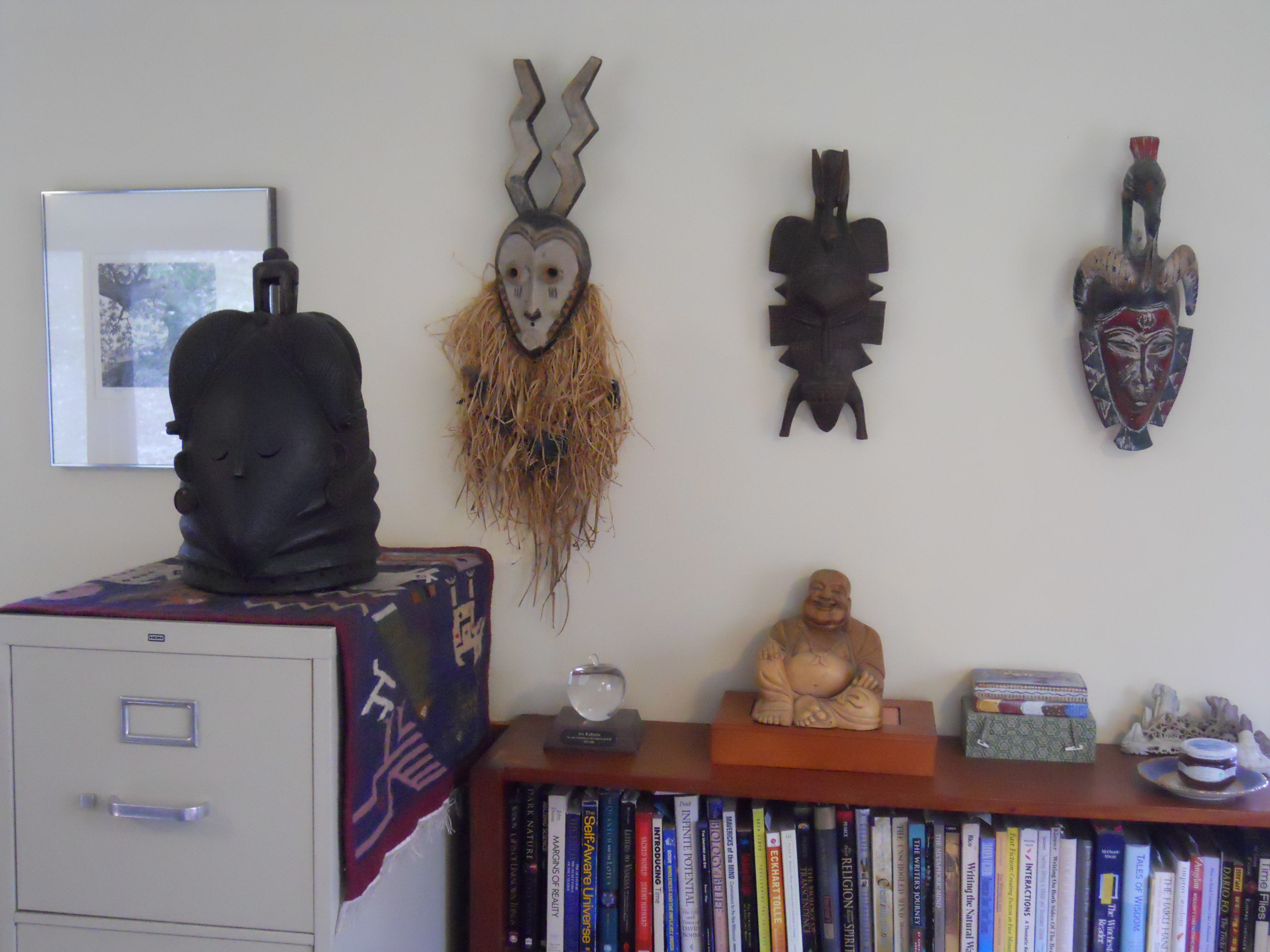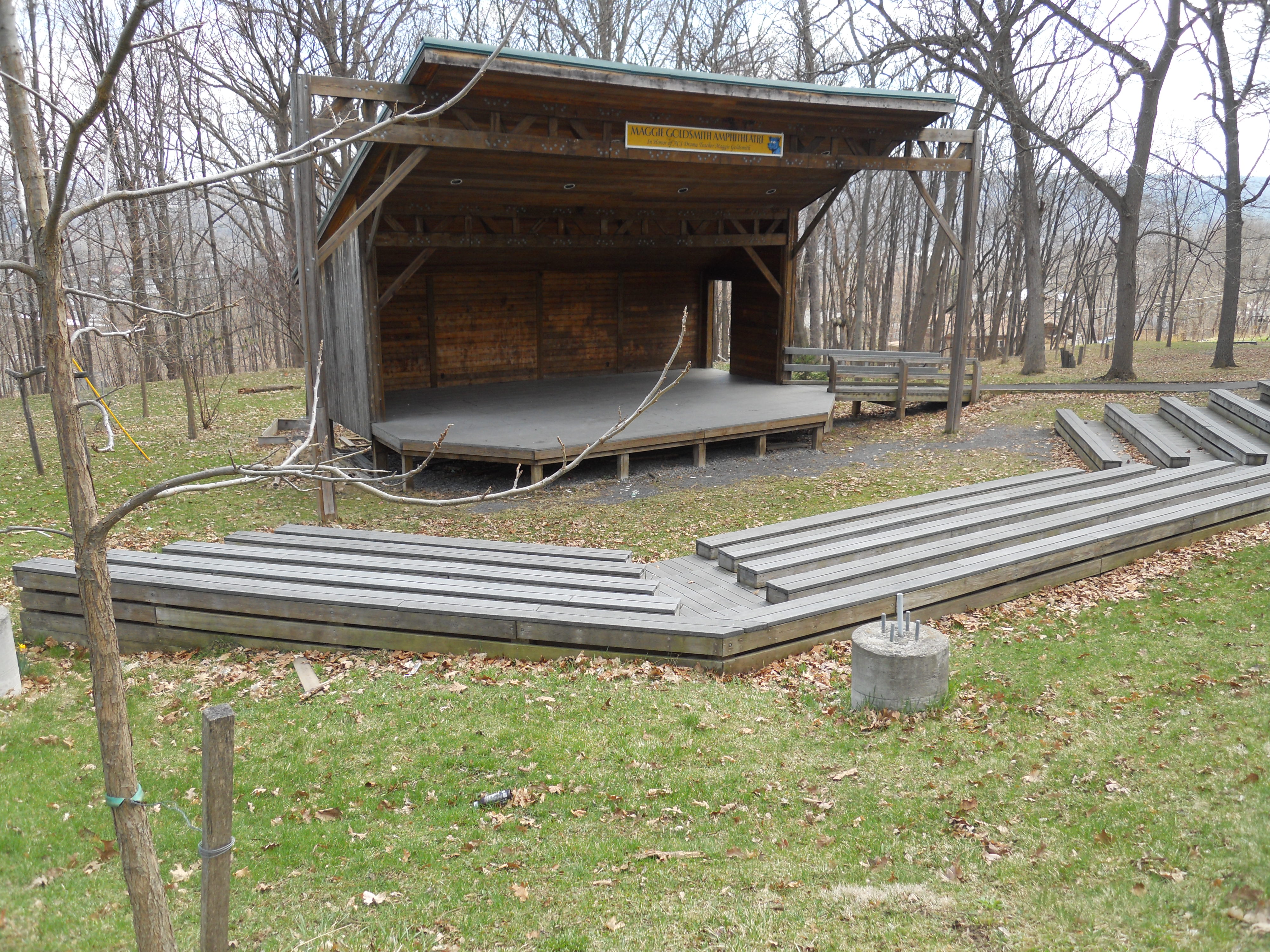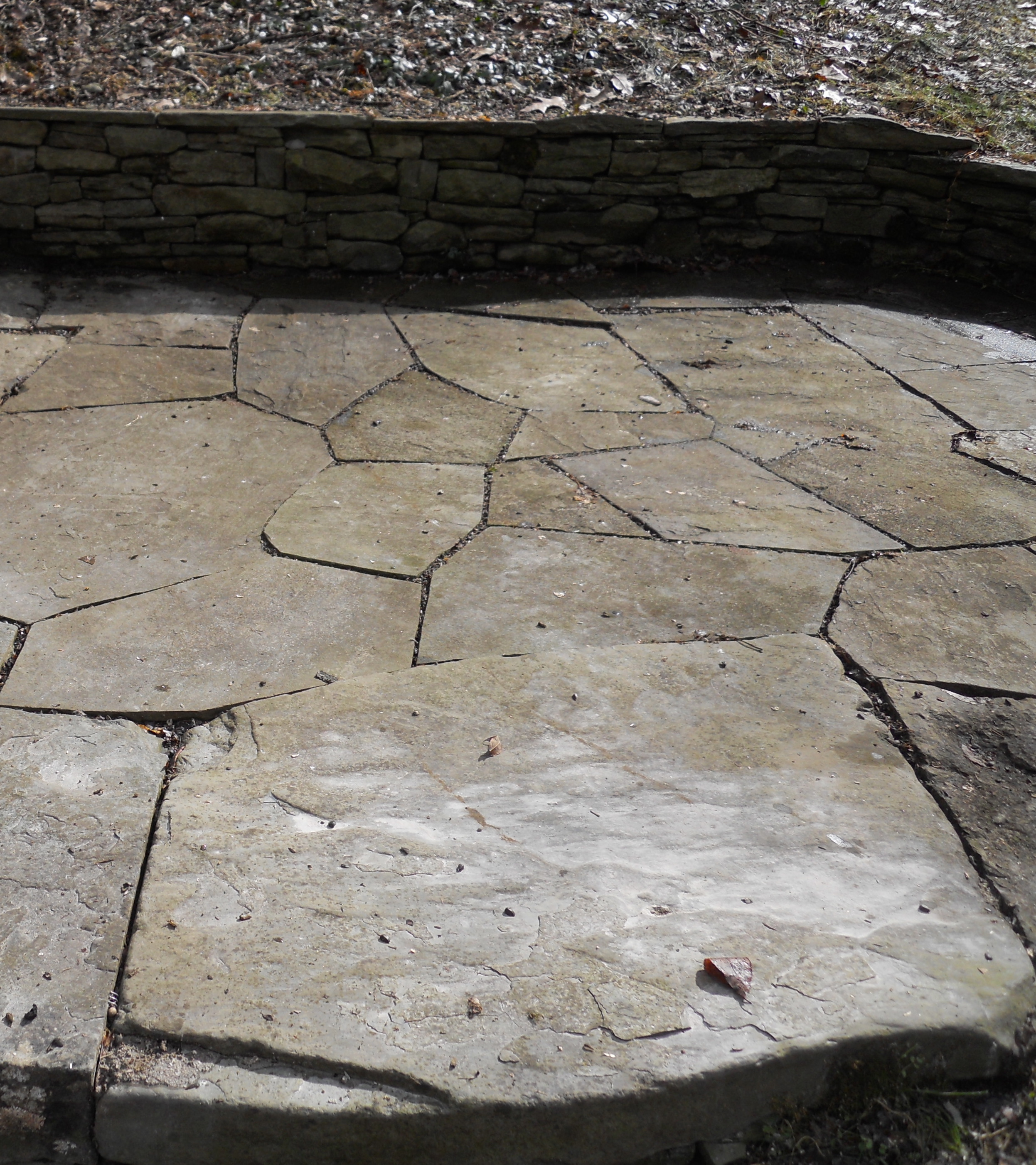What is compassion? Empathy? I have to admit that I used to lump these two together. Some educators have trouble using the word ‘compassion.’ It sounds too “spiritual” to them, or too over-used, whereas ‘empathy’ is something most anyone could support.
Psychologist Paul Ekman defines three forms of empathy, the third being close to what many people think of as compassion. There’s “cognitive empathy” or an ability to read the mental state and emotional expression of another person. Then there’s “feeling with” or caring for others. (A sociopath, for example, might be able to read emotion but not feel for the other.) Then “compassionate empathy” or to have a concern for another and the energy to help.
I noticed my secondary school students can get very cynical about the possibility of compassion. I think they take a stance against it in order to dare me to prove otherwise. They argue that compassion, like altruism or selflessness, is impossible. People act compassionately only to get some reward or because it feels good. If it feels good, then it isn’t compassion, isn’t selfless. They think they have me or have compassion on the point of a logical dilemma. I am always gladdened by their recognition that compassion feels good. When you act for the good of another, there is a sense of joy. There is even good evidence that there are physical and psychological benefits from acting with compassion. The problem is that the supposed dilemma masks the essence of it. When you act in order to get the benefits, then you lose the joy of compassion. The joy is embedded within the selfless caring.
With compassion, you do not help others in order to feel superior; that is pity. You do not simply feel a sense of sorrow about what they are going through; that is sympathy. Both pity and sympathy are based on an emotional distance with the other being. With empathy, that distance diminishes. The situation becomes more close up and personal. With compassion, you not only “feel with” the other person but want to step in and act in accord with that feeling; you want to act in a kind, caring manner. You value the welfare of another person like you value your own welfare. A sense of closeness compels action.
And it is this closeness that the students want. They want to know that other people can act for the good of another person, because they want to know that people can be caring. They want to feel that care themselves, both in the giving and in the receiving.
But what does compassion do for us? Clearly, it assists our ability to cooperatively work with others. But what else? V. S. Ramachandran describes how, when you watch someone doing an intentional action, like reaching out for a sandwich, the motor control neurons in areas of your brain fire in a manner as if you were doing the action. You model in your brain what another person is doing and respond physically and mentally to your model. You understand what the other person is doing through reading your own response to your model. The neuron systems that enable this empathy have been called called mirror neuron systems. If you see a person experiencing pain, your pain neurons fire almost as if you were in pain. Did you ever flinch back when you saw a person hit? Or smile when you saw someone smile? In this way you break part of the barrier between yourself and others.
These neurons enable you to be a sophisticated imitator, which facilitates imagination, learning and understanding. You learn through imitating the sound of a word, how to hold a hammer, how to solve a formula. You understand a character in a novel by creating a model of the person in your mind and then “reading” your response to the model. You mirror mostly unconsciously. You can be so good at it that you need mechanisms in your brain and in your skin to prevent you from constantly imitating others. There is even a condition where people can’t stop their imitating; it is called echopraxia.
Even more, you can’t think without a context, and other people are part of the context in which you are embedded. The depth of your self understanding is proportional to your understanding of others. To understand how to hit a baseball, you need to see it clearly from your perspective, but you also need to know the baseball, what it can do, how it can curve or dive. The more you know about the baseball, the more capable you will be at hitting it. You and the other arise together.
But when anxious, jealous, or depressed you might think of yourself only as what distinguishes you from others. You might focus on your skin only as a wall meant to keep others out, enclosing an unchanging, isolated being, and you must constantly defend that wall. You need that wall to keep out germs and create the integrity of your body-mind system. Yet, your skin also breathes, in and out. It excretes—and it senses, touches. When your hand touches mine, we can join together.
What do you feel when you think of your skin only as a border and wall? You create the sense of being constantly uncomfortable, anxious, even at war. It is a big burden. But compassion recognizes your borders are also places of contact. It gives you a larger viewpoint. It recognizes that you exist thanks to an entire universe and you are never and can never separate from that universe. Compassion alters your very sense of self and thus can alleviate anxiety, fear, and other painful emotions.
Empathy and compassion can be strengthened with mindfulness practices. Mindfulness and compassion strengthen the insula, which is an area of the prefrontal cortex of the brain involved in understanding the emotion of others. The insula is also involved in the arousal of energy and focus. Compassion practices not only make the insula stronger; they ready you to act in a kind or helpful manner. Teaching mindfulness and compassion practices will lead to improving the environment in schools. It will improve learning, thinking and understanding. It will ready students and teachers to act in ways which improve relationships and to intervene in actions like bullying which undermine and destroy relationships. Students and teachers will act to stop bullying because when they see it happen, they feel the pain of being bullied, and they have the inner commitment and awareness to stop it.
So, when you feel a push to speak or act, especially when you are angry or anxious, use compassion. Think about what you want to say and then how you might feel when hearing it. If you pity the other person, or feel very distant, what happens to understanding? Only by an empathic modeling and understanding of another person’s intent do you understand what they meant to say and what you mean to say to them. This is a skill all schools could benefit from teaching.




